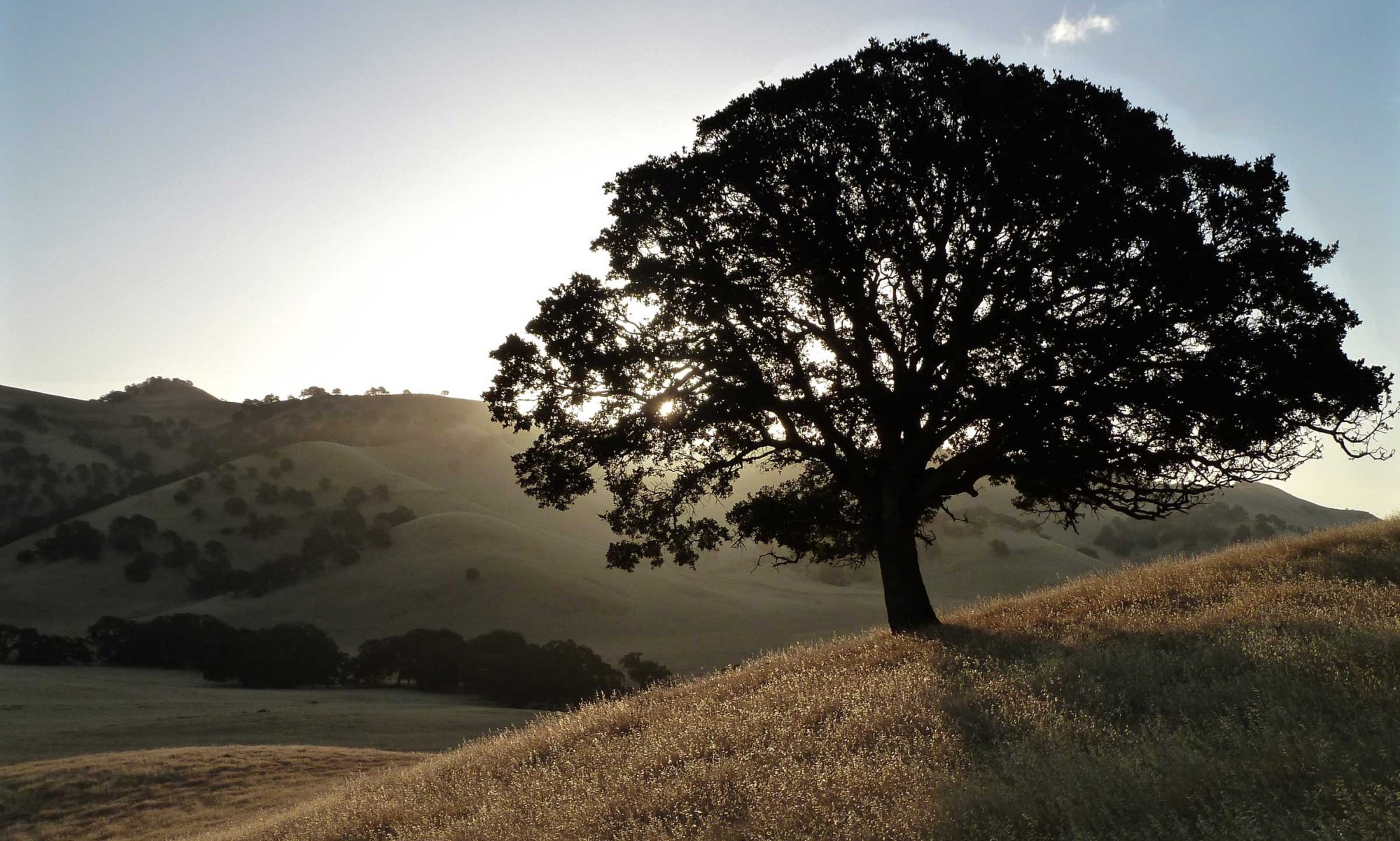Windham Hill Records Sampler ’82
Selections from the Windham Hill Records Album Catalogue
Review
Windham Hill was truly hitting its stride in 1981-82. It took four years for Ackerman to release the first nine Windham Hill Albums, and of those, only six remained in print. Numbers 14-23 came in just over a single year, and each became a defining album for the label – either the first release of important new artists such as Liz Story, or genre-establishing discs like Alex de Grassi’s Clockwork. Sampler ’82 excises one track from each of the nine discs that Windham Hill released since the initial sampler came out in 1981.
Side One opens with the rather somber “Remedios” and continues in a generally solemn vein throughout the side, with Hedges’ “The Happy Couple” being the happy exception. Side Two picks things up a bit, and ends with the upbeat “Clockwork,” an ensemble piece which will be familiar to any Windham fan today thanks to its appearance on countless samplers since its initial release.
Ackerman was enraptured with the new digital technology of the time – his album Passage was one of the first commercial digital releases in the world. Each of the tracks here were remastered in digital – at some expense to the dynamics, detail and warmth of each of the recordings. Indeed, only “The Happy Couple” benefits from the increased detail and brightness of the remastering. Nonetheless, unless you’re a die-hard vinyl fan with a revealing system, the sound quality is still excellent.
In the end, I’m sure Sampler ’82 has its fans – it was the first introduction to many of these artists for many tens of thousands of people. However, the album is a broad overview rather than a cohesive statement of where the label was at the time, and each of the albums represented are strong and complete on their own. Nonetheless, while I do hesitate to second-guess Ackerman’s selections, for the modern listener, I would recommend you skip this one and buy the individual albums from the era. Sampler ’82 is an important snapshot of Windham Hill’s development, but not necessarily the place to start as a listener.
Track Listing
Side One:
- Remedios 5:46
- William Ackerman
- Passage C-1014
- Windham Hill Music BMI
- Produced by William Ackerman
- Blossom/Meadow 4:04
- George Winston
- Winter into Spring C-1019
- Windham Hill Music BMI
- Produced by George Winston and William Ackerman
- The Happy Couple 3:20
- Michael Hedges
- Breakfast in the Field C-1017
- Michael Hedges Music BMI
- Administered by Windham Hill Music BMI
- Produced by William Ackerman
- Minou’s Waltz
- Ira Stein & Russel Walder
- Elements C-1020
- Windham Hill Music BMI
- Produced by William Ackerman
- A Thousand Teardrops
- Shadowfax
- Shadowfax C-1022
- Greenshadow Music BMI
- Administered by Windham Hill Music BMI
- Produced by Chuck Greenberg
Side Two:
- Wedding Rain 5:44
- Liz Story
- Solid Colors C-1023
- Windham Hill Music BMI
- Produced by William Ackerman
- Tideline 4:34
- Darol Anger & Barbara Higbie
- Tideline C-1021
- Slow Baby Music BMI
- Administered by Windham Hill Music BMI
- Produced by Darol Anger
- Purple Mountain 5:29
- Scott Cossu
- Wind Dance C-1016
- Silver Crow Music BMI
- Administered by Windham Hill Music BMI
- Produced by George Winston
- Clockwork
- Alex de Grassi
- Clockwork C-1018
- Tropo Music BMI
- Administered by Windham Hill Music BMI
- Produced by Alex de Grassi
Liner Notes
- Digital Transfers, Editing and Mastering by Jack Hunt, JVC Cutting Ctr., Hollywood, CA
- Cover Photo by Tom Szalay
- Design by William and Anne Ackerman
- Manufactured by Windham Hill Records
- A Division of Windham Hill Productions Inc.
- Box 9388 Stanford, CA 94305
- (c) (p) Windham Hill Records 1982
All of the recordings included in the Windham Hill Sampler ’82 are thirty inches per second, no noise reduction analog masters with the exception of “Remedios” which is a digital recording. This collection was transferred to digital and mastered as a digital recording to maintain the sound quality of the master recordings. KEF speakers were used in audio referencing.



